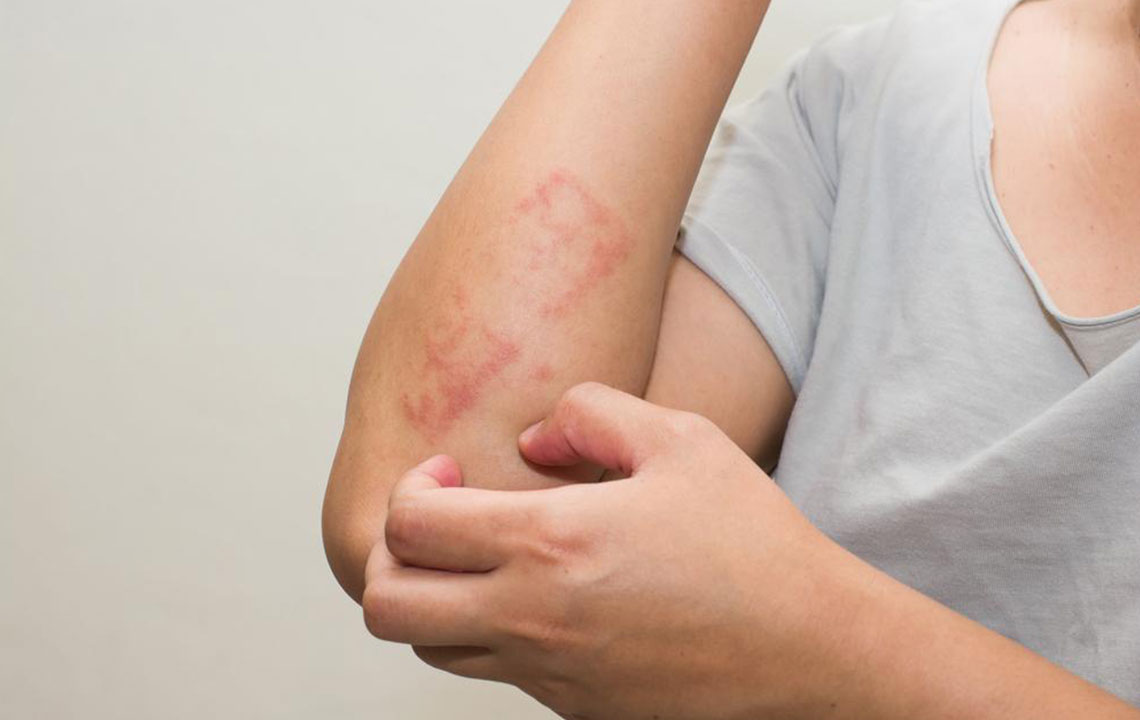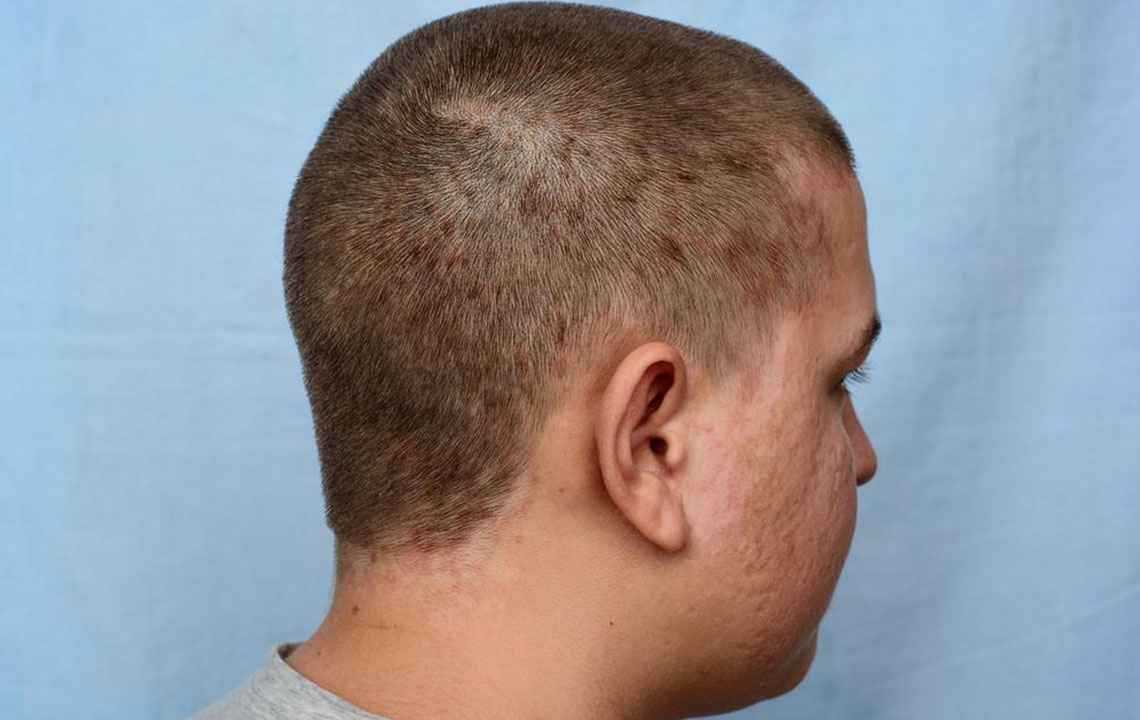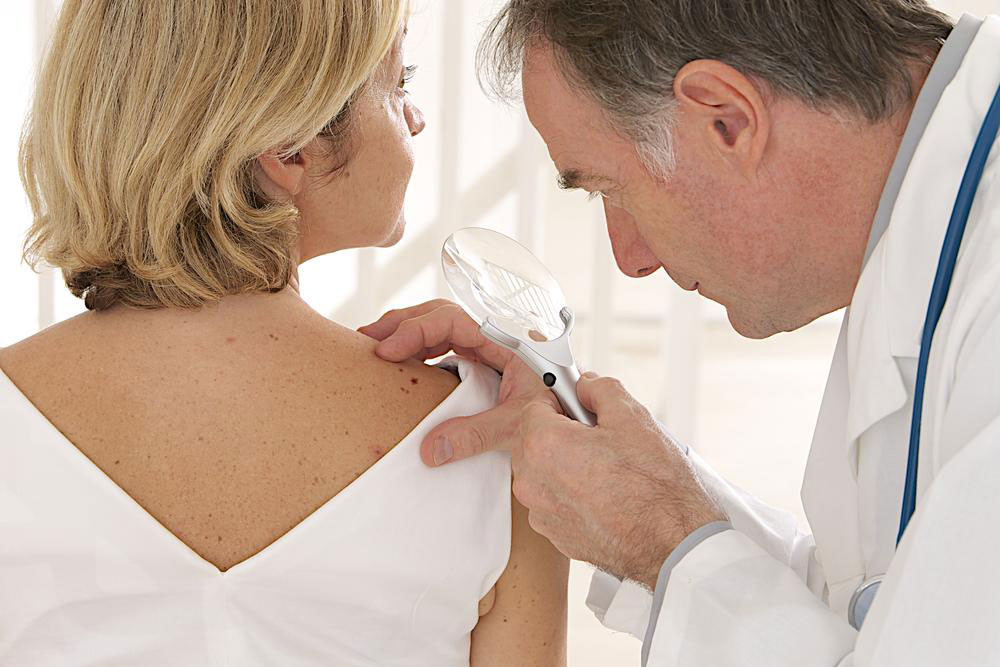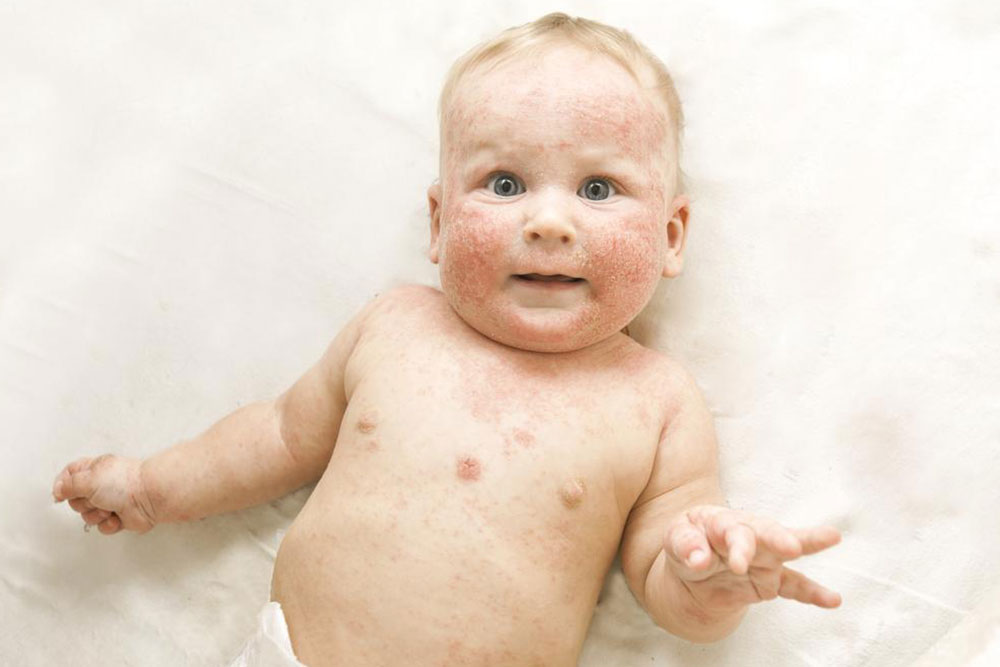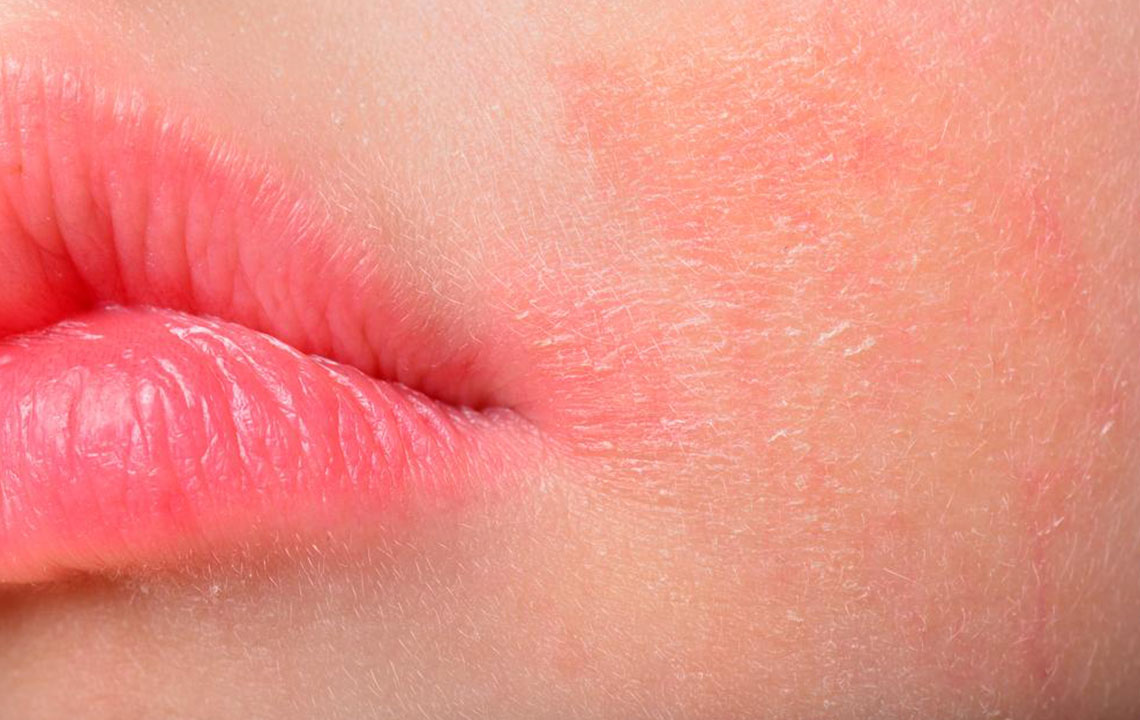Understanding Atopic Dermatitis: Causes, Symptoms, and Management
This article explains the causes, symptoms, and treatment options for atopic dermatitis, highlighting the importance of early diagnosis and management. It covers common triggers, affected areas based on age, and practical home remedies, emphasizing the need for professional consultation to control flare-ups and improve skin health.
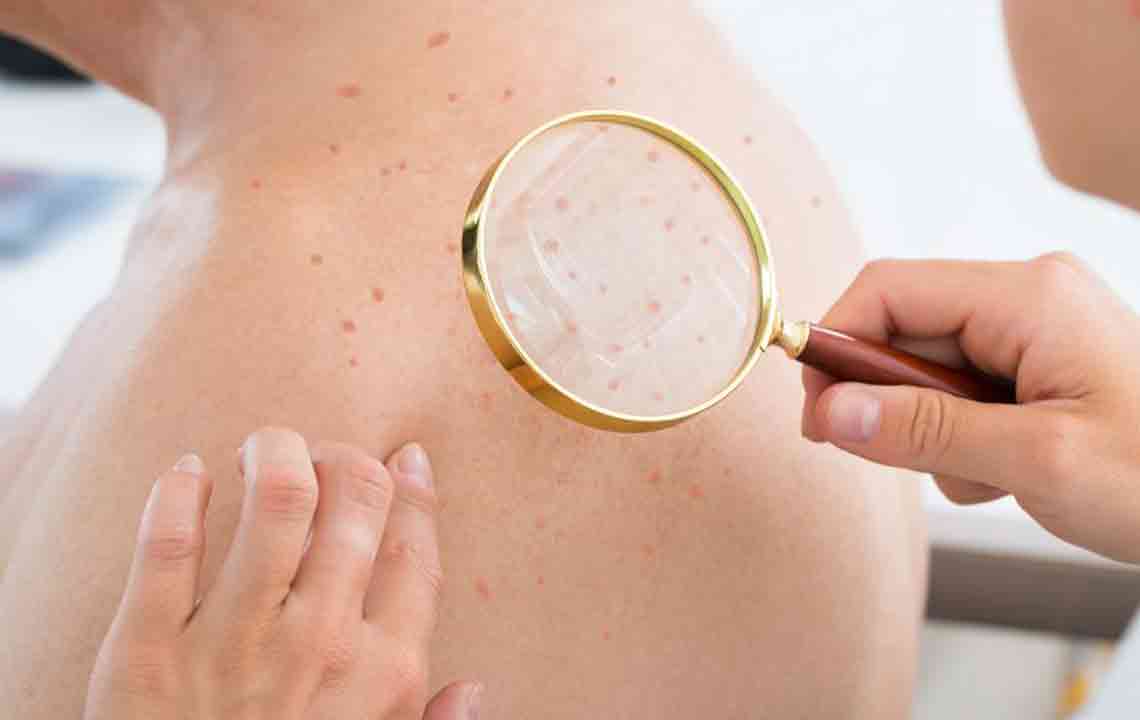
Understanding Atopic Dermatitis: Causes, Symptoms, and Management
Atopic dermatitis, commonly known as eczema, is a skin disorder characterized by redness and itching. While frequent in children, adults can also experience this condition. Its exact cause remains unknown, but it is a long-term issue that can flare intermittently. Typically, affected skin loses moisture, becoming dry, itchy, and inflamed. It often accompanies other allergic conditions like hay fever or asthma.
Family history of allergies increases the likelihood of developing eczema. Various factors can worsen symptoms, including harsh soaps, certain food allergies—such as nuts, dairy, soy, fish, and wheat—weather fluctuations, skin infections, pet dander, stress, and depression. Identifying triggers helps in effective management and treatment planning.
Healthy skin naturally retains moisture, creating a barrier against bacteria, allergens, and irritants. In eczema, compromised skin loses this ability, leading to dryness and increased vulnerability to environmental factors. Early detection and diagnosis by a dermatologist are crucial.
Signs and Symptoms of Atopic Dermatitis
Initial symptoms include dry, itchy skin that can develop into inflamed areas. Persistent scratching may cause tiny blisters that sometimes ooze fluid. Symptoms tend to vary and may recur, causing rough, thickened skin. Mild eczema affects small regions and responds well to moisturizers, whereas severe cases involve larger areas with intense inflammation and itchiness.
Commonly affected regions differ by age. Infants typically exhibit rashes on cheeks, scalp, and behind the elbows. Children often show symptoms on legs, knees, wrists, and ankles. Adults may experience flare-ups on the neck, elbows, and knees.
Management and Treatment Options
Consistent use of moisturizers to maintain skin hydration
Application of anti-itch creams for relief
Prescription medications from healthcare providers
Using bandages to prevent skin from scratching
Soothing warm baths
Humidifiers to increase indoor moisture levels
Early identification of symptoms to avoid triggers
Addressing symptoms promptly and understanding their causes are essential to avoid exacerbations. If skin rashes appear, consult a specialist immediately for appropriate diagnosis and treatment to prevent complications.

